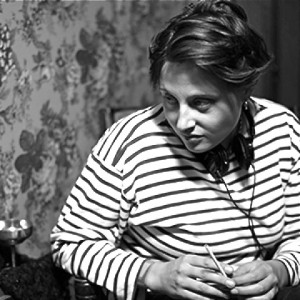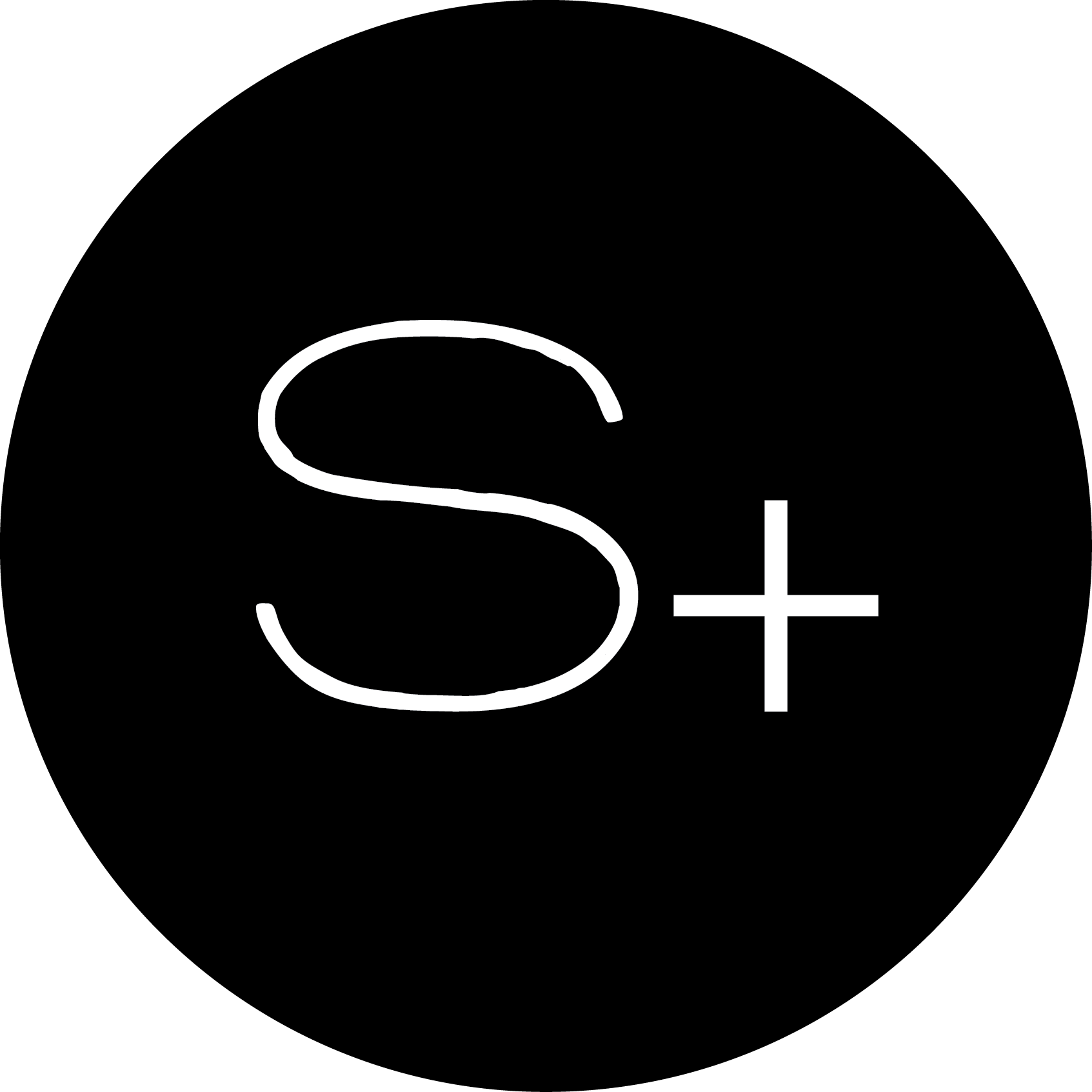Landscape
JULIEN RAFFINOT is an artist based in Berkeley, California. His work has not appeared in any formal location and his short novel about the Queen of England is still pending. He is currently writing poetry and putting together a binder with plans for his future. His book The Caverns is due to be published in the form of a website sometime before he turns thirty, but before then he hopes to actually finish it. In his free time Julien works at Chez Panisse. For an extended peek inside Julien’s brain, visit his blog: TEMPLE GRAMMATON, Megaplots In Homage To The Scroll.
Landscape
I think of art as being like the mapping of an area where the landscape is an emblem of mythology. The boundaries of the map are defined using four points substituted by an image. Like the cardinal directions, the images characterize the landscape, making it possible to explore. In the areas between them are zones of potential, where by a kind of alchemy the images crystallise to form a subject. In a landscape like this, subjects turn into hallucinations.
To the North is a haunted house looming high up on a hill. It stands at a distance with a view looking on all the other points. It functions like the shepherd’s star, guiding everything I do. The house is a ruin of it’s former self, giving occupancy to the ghosts who keep secrets alive and remind us of our losses. Merging abject forms in a solid construction, the house represents an image of the self as being governed by invisible forces and the super natural powers that holds the structure in it’s place.
On the Eastern side is a body, split between the sexes. The hermaphrodite speaks for what can’t be said; of resistance to the norm and the fantasies of freaks. The Eastern body is a monster of taboo. It aspires to go beyond itself, striking a pose between separate identities, mocking categories and accepted values. A piece of it’s skin is always showing because the truth it contains can’t be hidden. The mask it holds belongs both to the upbeat, forward looking Modernist and the obscure seeking, revisionist Goth.
In the South is a jewel mine, indicated by a sign stuck in sideways at the entrance. Dwelling in it’s Caverns all clustered together is a collection of rare and precious stones. Unpolished between the boulders they wait to be refined. Taken out of the Cavern and in to the Studio the stones are cleared of imperfections. Their symmetrical surfaces shine and shimmer. They sparkle beautifully in the light, yet at that same time they blind us from reality. The mine is a black realm of magic while the jewel is a promise of virtue.
The Western point is entirely covered by a blanket. The blanket is a double agent. It provides warmth and shelter from the elements but also hides what grotesque and mysterious forces may be lurking underneath. The blanket can be striped like a tartan or spotted like leopard skin. It can be plain like a sheet of canvas or invisible like a piece of camouflage. The blanket is consuming and also delicate to the touch. It can bind like a trap but peels off when desired. If the perfect sculpture is a tree, the next perfect sculpture is an open box with a blanket inside.
Julien Raffinot 2011
Published: October 31st, 2011





